True to Form
An exact replica represents a particular North Atlantic whale
Gazing up at an amazingly lifelike 45-foot-long right whale, visitors to the new Sant Ocean Hall at the National Museum of Natural History (NMNH) may get the idea they are about to become the marine mammal's snack. But right whales feed on plankton, so there's no need to worry. Plus, this one's made of vinyl urethane, requiring occasional dusting but no food whatsoever.
Uniquely, the NMNH's whale model boasts a living, breathing counterpart swimming the seas right now. That creature, dubbed Phoenix by scientists who began tracking her movements by aerial and nautical surveys soon after her birth in 1987, is already a grandmother. She is the most studied of the nearly 400 right whales that inhabit the western part of the North Atlantic.
"Right whales are closely monitored by the Right Whale Consortium," says James Mead, curator of marine mammals at the museum. "The species was hunted widely as far back as the 16th century, continuing through the early 1900s, and their population was extremely reduced. So we can keep careful track of their numbers." (The name right whale may derive from the species' abundant blubber, which made it highly desirable, or "just right.")
Individual whales can be identified by their scars and callosities (white patches on the skin). Sightings are frequent because right whales, which summer in Nova Scotia's Bay of Fundy and winter off the southeastern United States, follow regular migration patterns. They also tend to follow deep-water shipping lanes, where plankton is plentiful. "Every photograph made of a right whale from ships," Mead says, "is another data point. The uniqueness of each whale's markings makes it possible to know quite a lot about an individual like Phoenix."
As any student of Egyptian mythology knows, the phoenix is a bird that rises from its own ashes. It may seem odd to confer that name on a seagoing creature with a blowhole instead of a beak—and little likelihood of bursting into flames. But Phoenix got her name after a near-fatal encounter. "She was tangled in fishing line and seemed to be crashing," Mead says. "Then, somehow, she got herself untangled."
Originally, Mead and his colleague, Charles Potter, had wanted the new exhibit to feature a female blue whale with a 24-foot-long newborn calf, but fire and safety regulations wouldn't permit so large an installation. "Then the right whale became a topic, a smaller and extremely interesting whale," Mead says. "The question was, which right whale? And suddenly someone brought up Phoenix."
Showing up at an artist's studio for a sitting is not something one can reasonably ask of a whale. But because Phoenix is something of a celebrity in scientific circles, she has an abundant photographic portfolio. In the NMNH model, her distinguishing marks, even her whiskers, have been meticulously reproduced.
The faithful replica is the work of Terry Chase and his associates at Chase Studio on Bull Shoals Lake in southern Missouri. A designer and builder of museum exhibits, Chase has crafted thousands of models for scores of clients around the world. Phoenix posed special challenges: the monstrous whale had to fit through the museum's 16-foot-tall doors and be light enough to hang from the ceiling. Working with 1/12th-scale models and consulting with biologists from the New England Aquarium and marine mammal specialists at NMNH, Chase and his fellow artists labored on the model for three years. "We had measurements from beached right whales; every little detail is true to photographs of Phoenix."
Phoenix features an interior structure of metal supports and cables, described by its creator as "spidery." The seven sections, sheathed in vinyl urethane, are joined so invisibly that a cosmetic surgeon would be proud to claim the work.
"At 2,700 pounds, the whole model weighs less than the jawbone of an actual right whale," Chase says. "It's the most accurate whale model ever done."
Owen Edwards is a freelance writer and author of the book Elegant Solutions.
/https://tf-cmsv2-smithsonianmag-media.s3.amazonaws.com/accounts/headshot/Owen-Edwards-240.jpg)
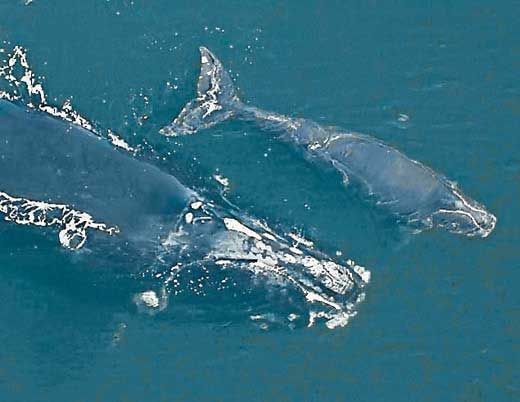
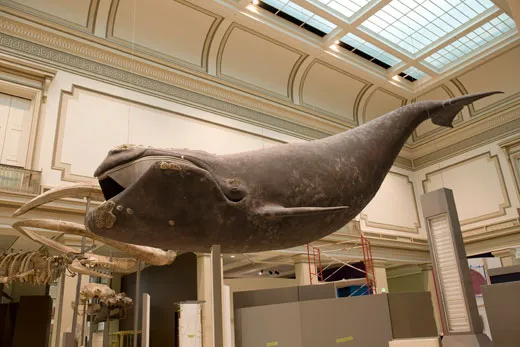
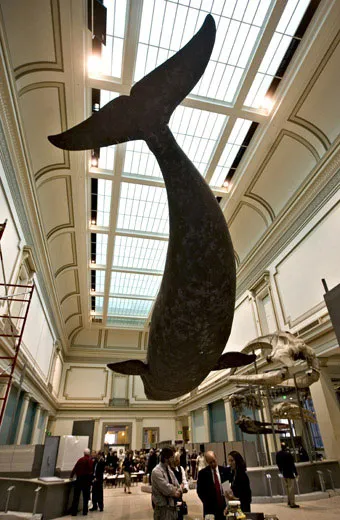
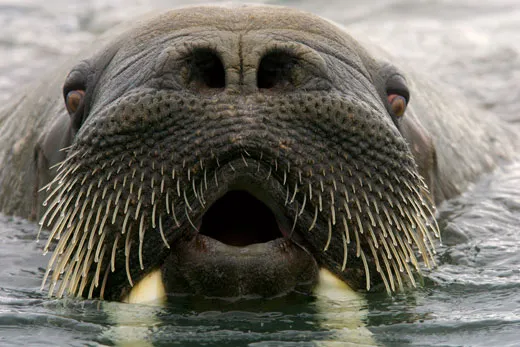
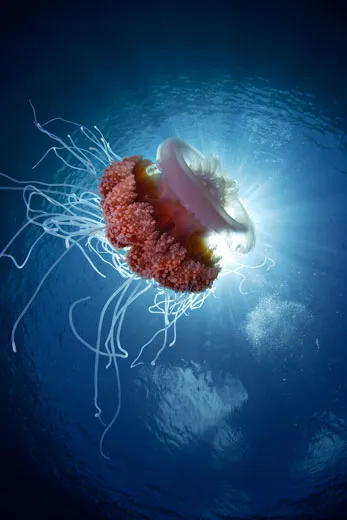
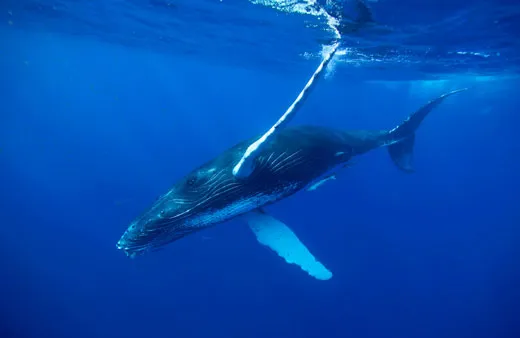
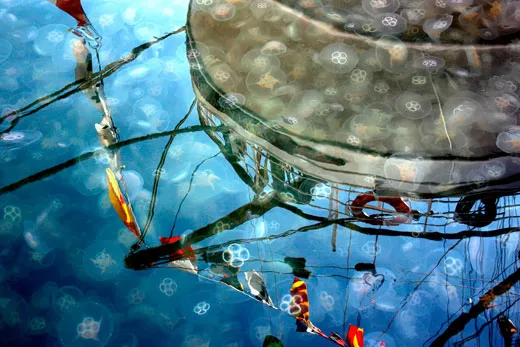
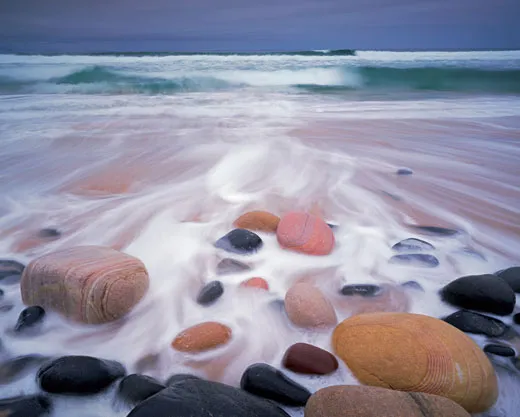

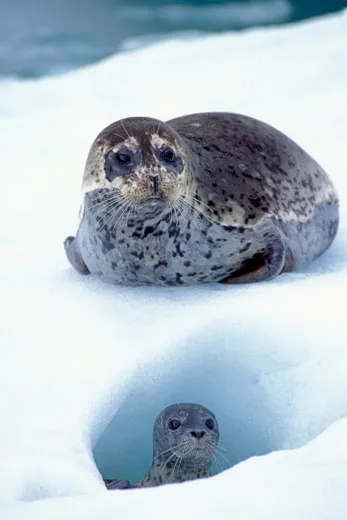
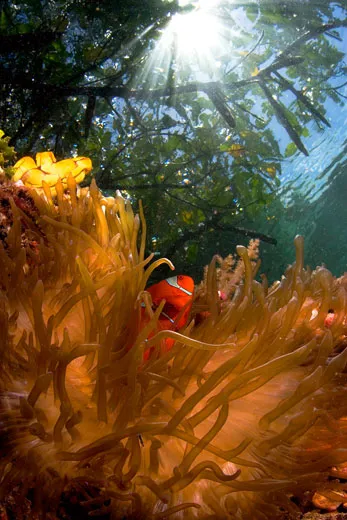
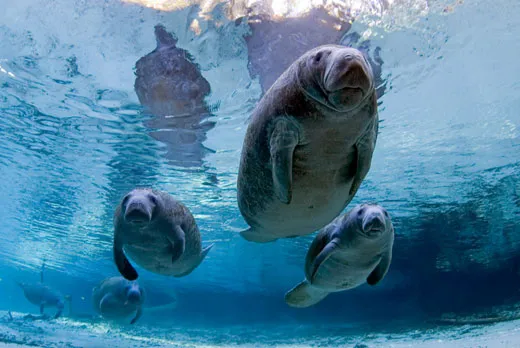

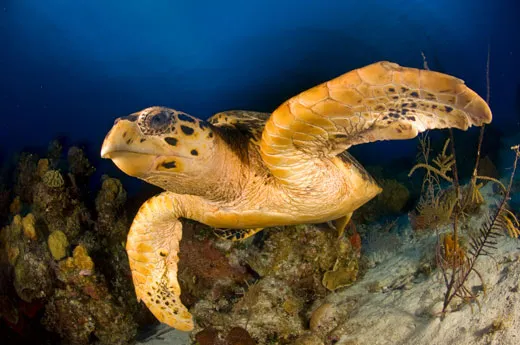
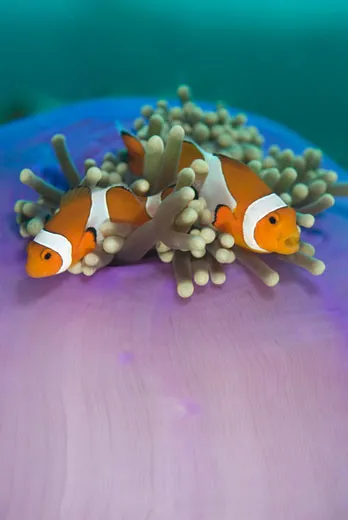

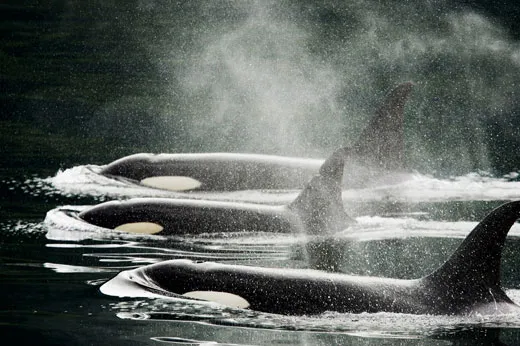
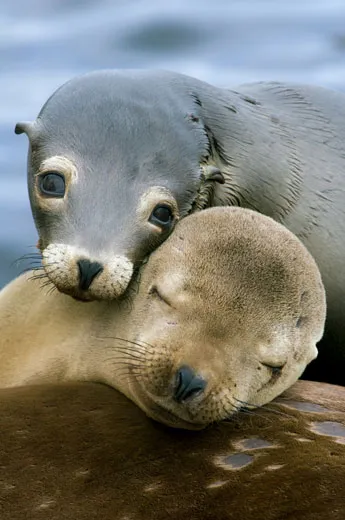
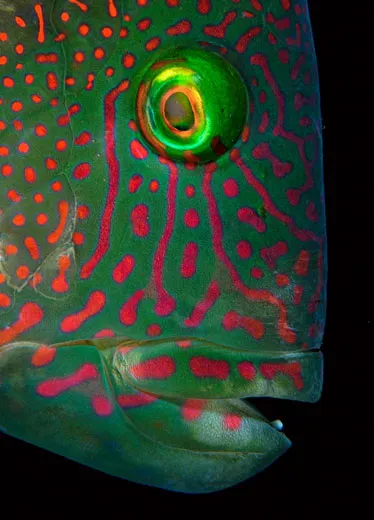
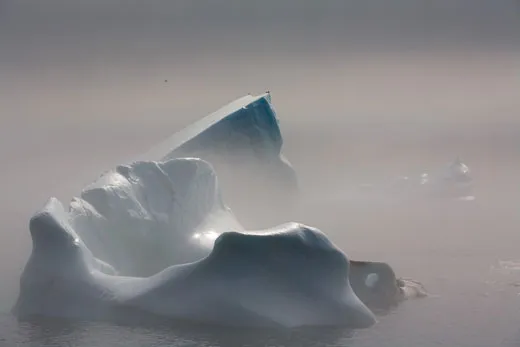
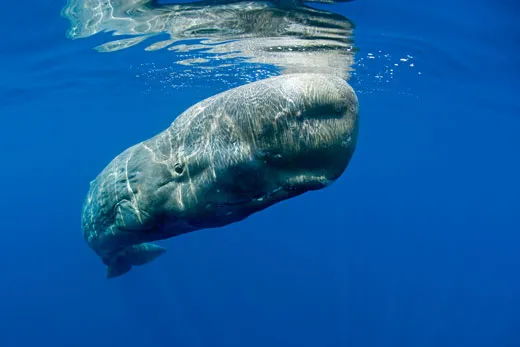
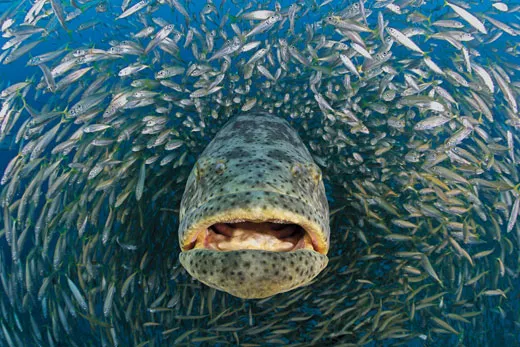

/https://tf-cmsv2-smithsonianmag-media.s3.amazonaws.com/accounts/headshot/Owen-Edwards-240.jpg)